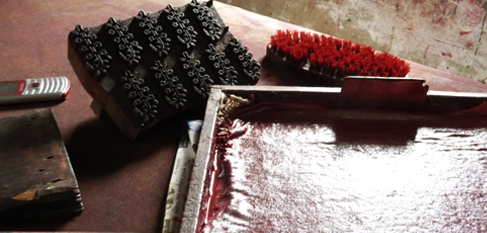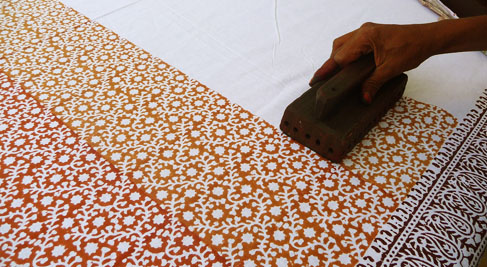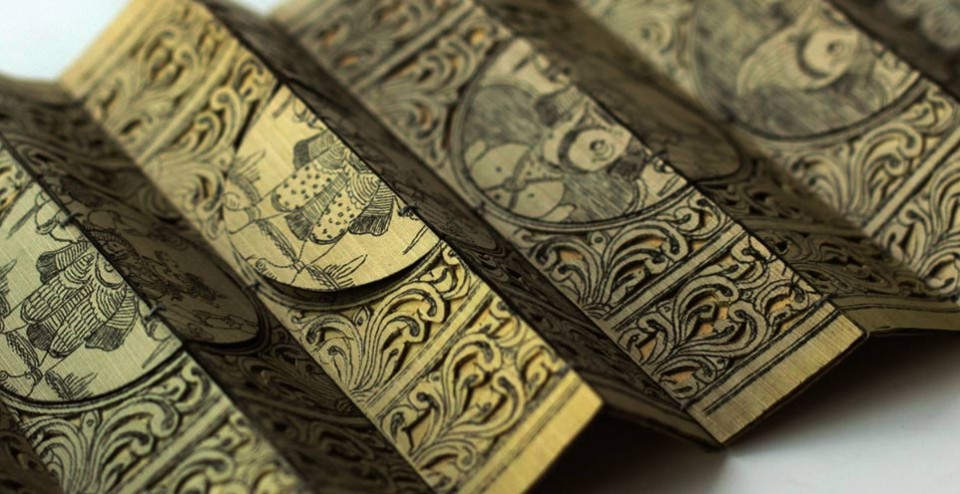Benarasi Brocade is the pinnacle of hand loom weaving and a treasure in every women's wardrobe (I am yet to add one to my collection!). A vacation up North and a hot day in New Delhi made us spend a day at the National Museum. I was thrilled when I saw this announcement at the entrance - the special exhibit on Benarasi Brocades अटूट डोर : Unbroken thread.
Traditionally, the design of
the brocade was first worked out on paper and then an expert, known as a
naksha bandha would render the design into cotton threads on a naksha (the
indigenous thread device that performs the same function as the
Jacquard). Below is a paper version of a design which would then be translated to thread.
With the advent of the Jacquard loom, brocades are no more a rarity and are prevalent nowadays in various types of silks including the Kanjivarams. Below are some more brocades on display in bright colors, very Persian in design and detail oriented.
It was disappointing that amidst the various pieces on display, there were none with multi-color motifs, even though the Benares brocades mostly comes in a single color.
Please Note:
The National Museum is well worth the visit if you visit Delhi. It is one of the largest museums in India and has artifacts to engage varied personal interests like miniature paintings of India, coin collections, Buddha's ashes and relics, jewellery, bronze sculptures, outfits of the North East, textile gallery, Armory collection, etc. to name a few. Do not miss the guided tour - Museum in 90 minutes - which is free and very informative. We enjoyed our tour!!
Richly patterned, grandiose in looks, the Benarasi Brocade came to the namesake town from Gujarat. Weavers who were leaving Gujarat due to natural calamities and decline in patronage, settled in Benares with their skills, technique and designs. Skill and talent from the subcontinent as well as Persia and central Asia led to innovation in weaves and technology, creating the distinct Benarasi Brocade look.
Take a look at this exquisite brocade below. It has decorated elephants for center motifs, horses running diagonally like a grid, paisley in the border and a large detailed paisley motif in a corner.
 |
| Benares Brocade |
 |
| Brocade Design on Paper |
With the advent of the Jacquard loom, brocades are no more a rarity and are prevalent nowadays in various types of silks including the Kanjivarams. Below are some more brocades on display in bright colors, very Persian in design and detail oriented.
 |
| Benares Brocades |
It was disappointing that amidst the various pieces on display, there were none with multi-color motifs, even though the Benares brocades mostly comes in a single color.
Please Note:
The National Museum is well worth the visit if you visit Delhi. It is one of the largest museums in India and has artifacts to engage varied personal interests like miniature paintings of India, coin collections, Buddha's ashes and relics, jewellery, bronze sculptures, outfits of the North East, textile gallery, Armory collection, etc. to name a few. Do not miss the guided tour - Museum in 90 minutes - which is free and very informative. We enjoyed our tour!!

























